Disclosure: This article contains affiliate links. We may earn a commission from purchases at no extra cost to you, which helps our travel content.
When most travelers think of Rotorua, New Zealand, their minds immediately conjure images of bubbling mud pools and explosive geysers. As a research scientist who's visited this geothermal wonderland three times now, I've discovered there's a remarkable urban renaissance happening beyond the sulfuric mists. The city center has evolved into a vibrant hub that deserves methodical exploration and mindful appreciation—perfect for the solo traveler seeking both cultural immersion and scientific curiosity.
The Urban Grid: Navigating Rotorua's Revitalized Core
My systematic exploration of Rotorua's city center began with mapping out the remarkably walkable grid of streets that form the urban core. Unlike my previous visits focused on the outskirts' geothermal wonders, I approached the city itself as a research subject worthy of thorough investigation.
Tutanekai Street forms the vibrant spine of the city, running perpendicular to the lake and transforming dramatically in recent years. The Eat Streat precinct particularly warrants extended observation—a covered, heated pedestrian thoroughfare with restaurants and cafés spilling onto the pavement. As someone who appreciates controlled variables in my explorations, I found the digital city map invaluable for tracking my urban wanderings without consuming mobile data.
What fascinated me from a sociological perspective was how the urban renewal has created distinct microclimates of activity: government buildings cluster near Haupapa Street, while artistic endeavors and boutique shops populate the northern reaches near the lakefront. The systematic layout makes solo exploration remarkably straightforward, even for those new to independent travel.
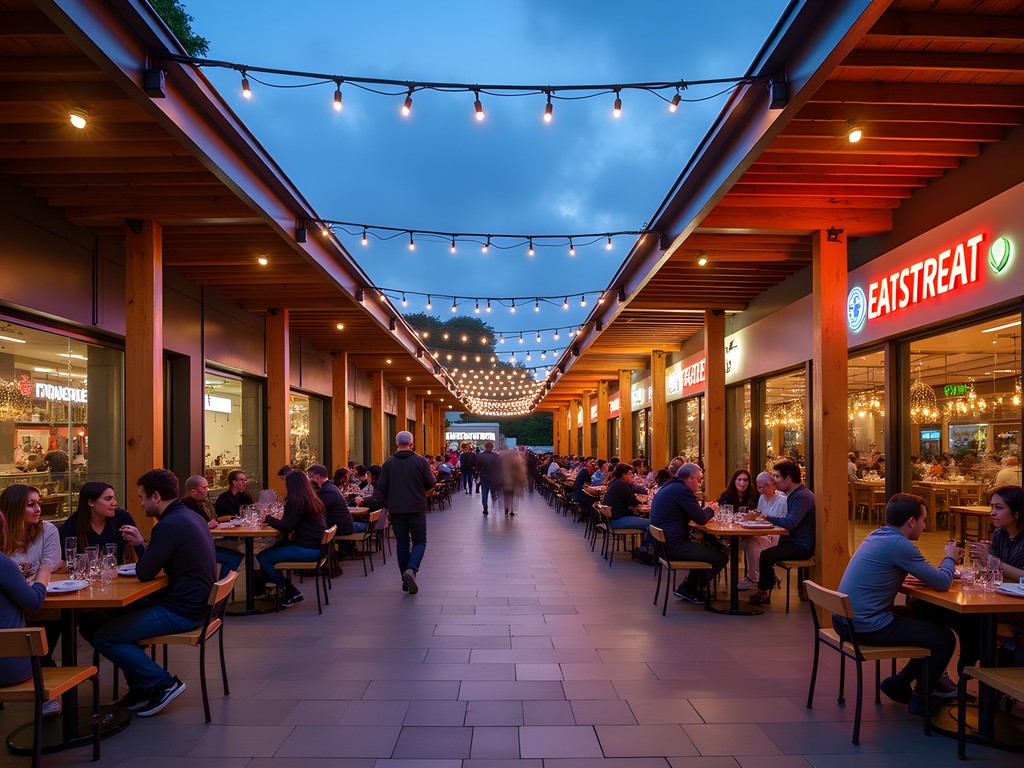
💡 Pro Tips
- Download the free Rotorua City Map app before arriving to plan your walking routes efficiently
- The city center is compact enough to explore entirely on foot—no vehicle needed
- Visit on Thursday evenings when many shops stay open late and street performers appear
Mindful Mornings: The Café Culture Laboratory
As both a scientist and mindfulness practitioner, I've developed a methodical approach to understanding a city's rhythm: begin with its café culture. Rotorua's coffee scene has undergone remarkable evolution, providing perfect observation posts for urban life.
My controlled experiment began at Capers Epicurean on Eruera Street, where I established my morning ritual. Their house-roasted beans and scientific precision in coffee preparation yielded consistently excellent results. The second-floor seating area provided an ideal vantage point for observing pedestrian flow patterns while journaling my observations in my waterproof notebook, essential for Rotorua's unpredictable weather patterns.
For those seeking data on the city's best coffee, I conducted systematic sampling at Third Place Café (notable for their single-origin pour-overs) and Ciabatta Café (remarkable for their integration of Māori flavors into their breakfast menu). Each morning, I practiced ten minutes of mindful observation before beginning my day's explorations—a practice I've found significantly enhances travel experiences by attuning one's awareness to subtle cultural patterns.
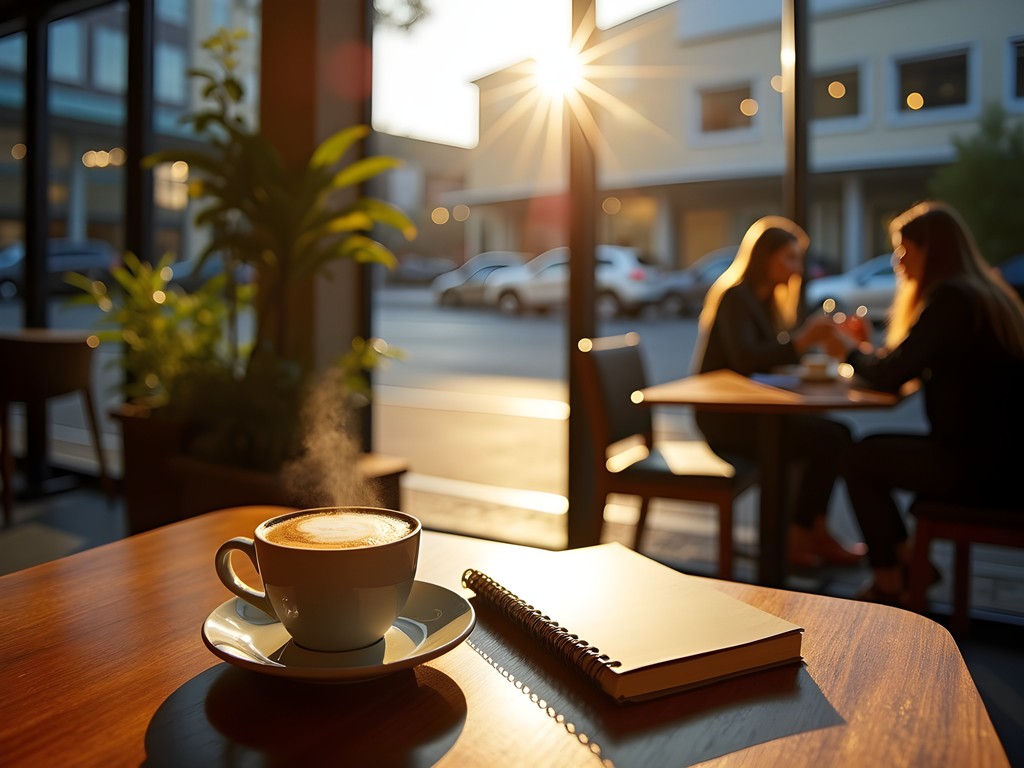
💡 Pro Tips
- Visit cafés between 8-9am to observe locals before tourist crowds arrive
- Ask baristas for recommendations—they're invaluable sources of current event information
- Practice mindful observation: spend 10 minutes simply watching city life without digital distractions
Cultural Immersion: The Māori Heart of Urban Rotorua
What distinguishes Rotorua's urban experience is the seamless integration of Māori culture into the city fabric—not as a tourist performance but as living heritage. My background in studying cultural transmission patterns made this aspect particularly fascinating.
The Rotorua Night Market (Thursday evenings) provided a controlled environment to observe contemporary Māori entrepreneurship. Young artisans have revitalized traditional crafts with modern interpretations, particularly evident in the jewelry and textile stalls. I documented these cultural adaptation patterns using my pocket audio recorder for later analysis, capturing conversations with artisans about their creative processes.
The most significant cultural immersion came through Te Arawa Gallery on Hinemaru Street, where I observed the intersection of traditional and contemporary Māori art forms. Unlike the more commercial galleries, this artist-run space encourages conversation about the evolutionary nature of indigenous expression. The curator, Hemi, spent an hour discussing how urban Māori identity manifests through artistic practice—data points I wouldn't have accessed through standard tourism channels.
What struck me from a research perspective was how Rotorua's urban Māori presence differs from other New Zealand cities, with a more confident integration into everyday spaces rather than segregation into designated cultural zones.
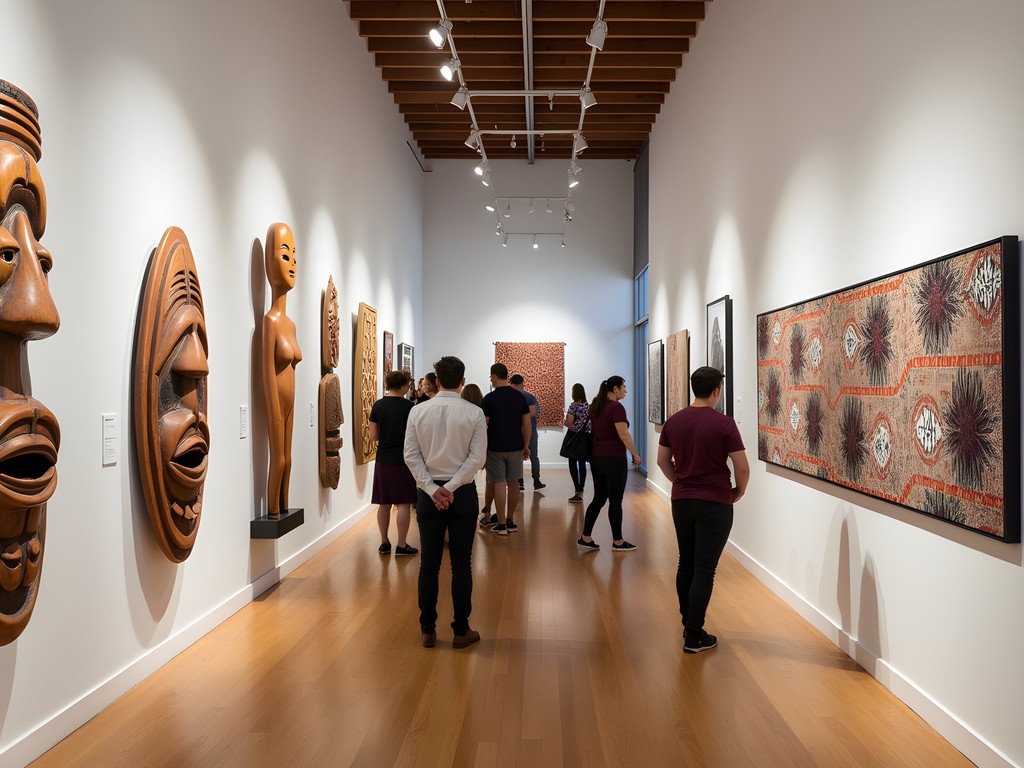
💡 Pro Tips
- Learn basic Māori greetings before visiting—even simple phrases demonstrate respect
- Ask permission before photographing Māori artworks or performances
- Visit the library's Māori collection for deeper context on local Te Arawa history
Urban Oases: Mindful Moments in City Green Spaces
As a mindfulness practitioner, I've developed a hypothesis that urban green spaces provide essential cognitive restoration during travel. Rotorua's city center offers several controlled environments to test this theory.
Government Gardens presents a fascinating case study in colonial-indigenous landscape integration. The formal Victorian design elements contrast with native plantings in a way that reflects New Zealand's complex cultural history. I spent three consecutive mornings here practicing mindful walking meditation, documenting my cognitive responses to different garden sections using my fitness tracker to monitor physiological responses to natural environments.
Kuirau Park offers an entirely different experimental condition—where urban design meets geothermal activity. The park's northern section contains foot baths where thermal waters emerge directly into urban space. I observed fascinating behavioral patterns as locals and visitors alike removed their shoes to soak feet while engaging in conversation—a natural community-building phenomenon rarely seen in other urban contexts.
For solo travelers seeking reflection time, I recommend the often-overlooked Motutara Point, a small peninsula extending into Lake Rotorua just ten minutes' walk from the city center. The compact meditation cushion I travel with provided comfortable seating for extended observation of lake patterns and bird behavior—a perfect control variable in my ongoing study of how natural water features affect mental restoration.
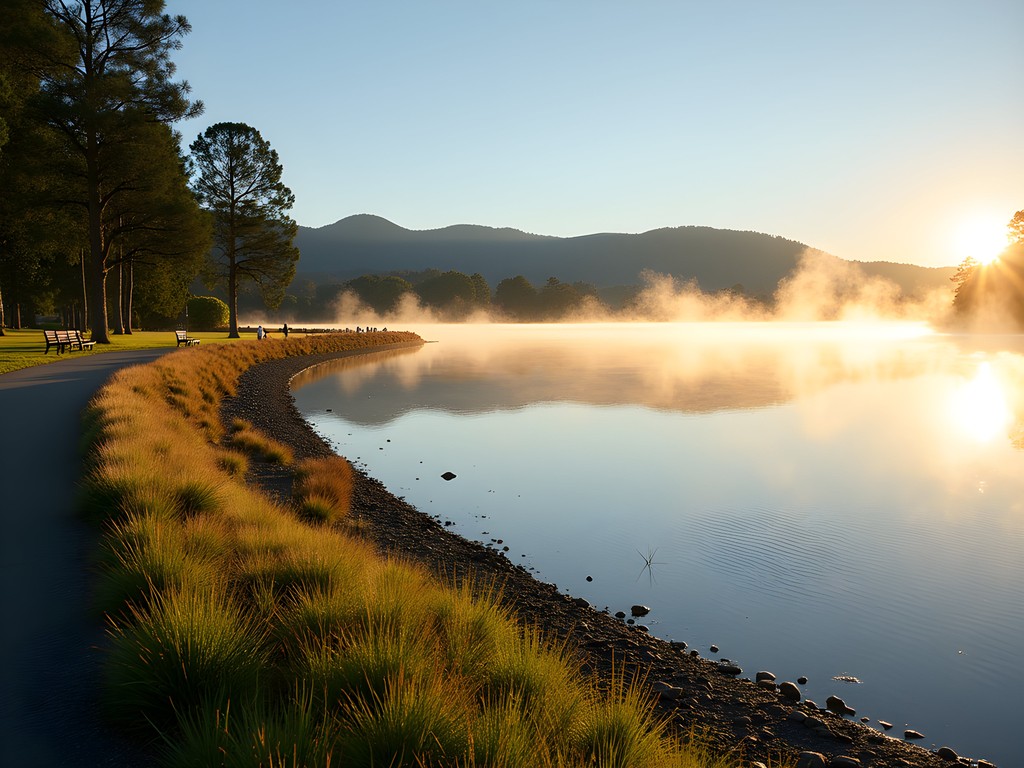
💡 Pro Tips
- Visit Government Gardens early morning (before 9am) when local elders practice tai chi
- Bring a small towel for the free foot baths at Kuirau Park
- Download a bird identification app to enhance lake visits—Rotorua has diverse water bird populations
Culinary Research: Documenting Rotorua's Food Evolution
My scientific approach to travel extends to systematic culinary exploration. Rotorua's food scene has undergone remarkable evolution, moving beyond tourist-focused establishments to create genuine gastronomic interest.
Atticus Finch (named for the literary character, not the bird) became my primary research site, where I documented the fascinating fusion of Pacific Rim flavors with traditional New Zealand ingredients. Their experimental approach to hangi-smoked proteins demonstrates culinary innovation worthy of detailed analysis. I documented each dish using my food journal to record flavor profiles and ingredient combinations.
For more controlled sampling, the Rotorua Night Market (Thursdays) provides systematic access to multiple food vendors. I developed a research protocol of sampling three different cuisines each visit, noting the prevalence of Māori ingredients incorporated into diverse culinary traditions. Particularly noteworthy was a vendor creating rewena bread (traditional Māori potato sourdough) tacos—a perfect case study in cultural culinary adaptation.
The most unexpected discovery was Terrace Kitchen's innovative approach to geothermally-cooked dishes. Their specialized equipment harnesses natural steam vents for cooking, creating unique flavor profiles impossible to replicate elsewhere. From a scientific perspective, this represents a fascinating example of sustainable cooking technology adapted from indigenous knowledge systems.
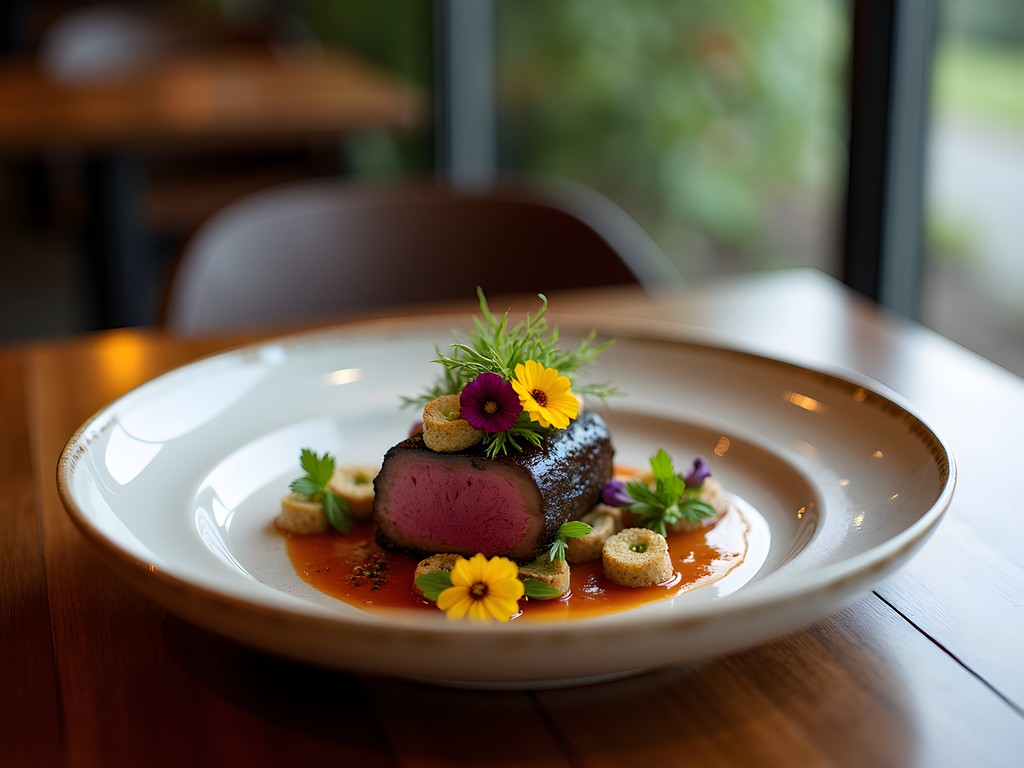
💡 Pro Tips
- Make dinner reservations for Atticus Finch at least 2 days in advance—their 18-seat capacity fills quickly
- Visit the Farmers' Market (Sunday mornings) to observe local food production systems
- Ask about 'geothermal cuisine'—several restaurants offer dishes cooked using natural steam vents
Final Thoughts
My methodical exploration of Rotorua's evolving city center has yielded compelling evidence that urban experiences here deserve equal attention to the famous geothermal attractions. As a scientist, I appreciate how this compact city provides a perfect laboratory for understanding New Zealand's cultural evolution—where Māori traditions aren't relegated to performance but integrated into everyday urban life.
For the mindful solo traveler, Rotorua offers rare opportunities to observe the intersection of natural phenomena with urban development. The walkable scale, cultural authenticity, and emerging culinary scene create ideal conditions for meaningful exploration beyond the typical tourist experience.
My research continues, but preliminary findings suggest allocating at least two full days to urban Rotorua before venturing to the geothermal parks. This sequencing allows for establishment of cultural context that enhances subsequent natural experiences. I'll be returning next year to document further changes in this fascinating urban ecosystem—a city center that proves scientific curiosity and mindful travel create the most rewarding explorations.
✨ Key Takeaways
- Rotorua's city center deserves dedicated exploration separate from geothermal attractions
- Māori culture is authentically integrated into urban spaces, not just as tourist performances
- Morning café rituals provide excellent observation posts for understanding local rhythms
- Urban green spaces offer mindful respite between cultural explorations
- The evolving culinary scene demonstrates fascinating cultural fusion worthy of systematic sampling
📋 Practical Information
Best Time to Visit
year-round (each season offers different urban experiences)
Budget Estimate
$150-200 NZD per day for mid-range accommodations, meals and activities
Recommended Duration
2-3 days for thorough urban exploration
Difficulty Level
Beginner













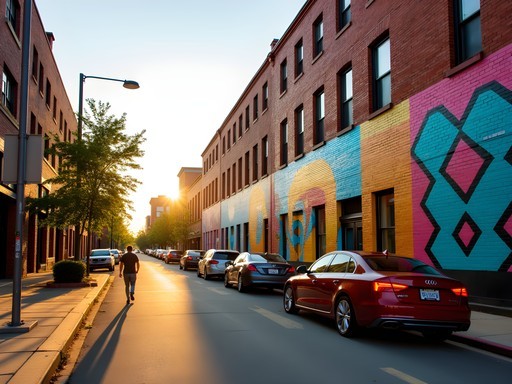
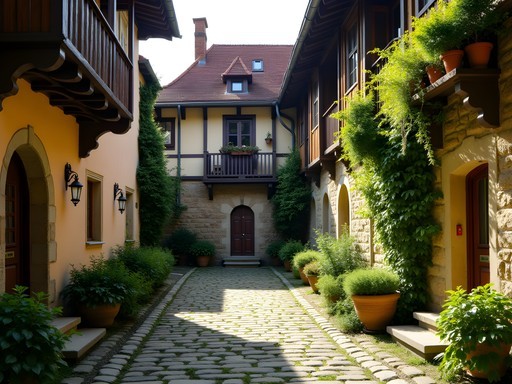
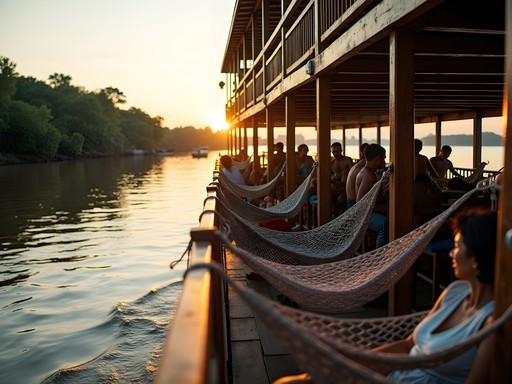
Comments
dreamking
Just booked my trip! Can't wait to check out that revitalized core you mentioned.
dreamadventurer
This is exactly what I needed! Going to Rotorua next month for my first NZ trip and everyone keeps telling me to just see the geysers. Can anyone recommend which cafés in the city center have the best breakfast? Also, is it easy to get around the city center on foot or should I rent a car?
beachmood
Definitely try Capers Café for breakfast - their eggs benedict are amazing! The city center is super walkable, no need for a car unless you're heading to attractions outside town.
photoblogger
Your photo of the Māori arts center is stunning! The lighting captures the carved details so beautifully. Did you use any special settings? I'm heading there in a few months and would love to capture something similar.
Violet Perry
Thank you! Just natural light around 4pm and a slight bump in contrast. The carvings are so detailed that they create their own beautiful shadows.
Hunter Thompson
YESSS! Rotorua's city vibes are so underrated! Was there last month and completely fell in love with the urban scene. If anyone's heading there, don't miss the night market on Thursdays - absolute fire! The food trucks are epic and there's this one guy who makes the most mental hot chocolate you'll ever taste. Also, check out the Government Gardens at sunset - hardly any tourists and the light is perfect for photos. I captured some absolute bangers for my Insta there. Oh, and I found this killer walking tour app that was super helpful - city guide - showed me loads of hidden street art I would've totally missed!
dreamking
Hot chocolate guy sounds amazing! Definitely adding that to my list.
summerchamp4623
Just got back from Rotorua and followed your café recommendations - spot on! The flat white at Artisan was the best I had in NZ!
greenchamp
Love those green spaces you mentioned! Perfect for picnics.
Gregory Boyd
Excellent analysis of Rotorua's urban evolution, Violet. Having visited annually for the past decade, I've documented the city center's transformation extensively. Your methodical approach mirrors my own observations. The intersection of Māori cultural elements with contemporary urban design is particularly fascinating - especially in Eat Street and the Arts Village. One element you might consider exploring in a follow-up is the architectural shift toward incorporating traditional design elements in modern buildings. I documented this in my Rotorua Architecture series last year. The city planners have done remarkable work balancing tourism infrastructure with local needs - a challenge many geothermal destinations struggle with globally.
beachmood
Finally someone talking about the city center! I was in Rotorua last winter and was pleasantly surprised by how much there was to do beyond the geothermal stuff. That café you mentioned, Artisan Café I think? Amazing coffee and the owner gave us so many local tips. We ended up extending our stay by 2 days just to explore the urban spots. The Thursday night market was a highlight - so many local crafts and food stalls!
photoblogger
Was the market busy? Planning to visit in March and wondering if I should book accommodation near the center for that.
beachmood
Definitely busy but not overwhelming! Staying central is worth it - we were at an Airbnb near Eat Street and it was perfect.
Bryce Diaz
Violet's post really resonates with my experience in Rotorua last winter. As a solo traveler, I found the city center to be an unexpected highlight of my NZ trip. I spent hours in those cafés she mentioned, particularly enjoying how the steam from nearby vents would create this mystical morning atmosphere. The baristas at Ciabatta Café even started recognizing me by day 3! For anyone visiting, I'd add that the Government Gardens are perfect for a mindful moment, especially early morning. I journaled there daily with my travel journal while watching locals practice tai chi. Violet's methodical approach to exploring really captures how Rotorua rewards those who slow down and look beyond the obvious attractions. The Māori cultural center in the heart of town offered workshops where I learned flax weaving alongside locals - one of those genuine cultural exchanges you can't plan for but treasure forever.
summerguide
The Thursday night market in the city center is another hidden gem! Great local food, crafts, and usually some live music. Perfect way to experience the local vibe that Violet mentions in her post. We stumbled on it by accident and ended up going back both weeks we were there.
skymood
Is the market year-round? Planning a winter visit in August!
summerguide
Yep! They move it indoors during winter. Still awesome!
Venture X
Premium card with 2X miles, $300 travel credit, Priority Pass